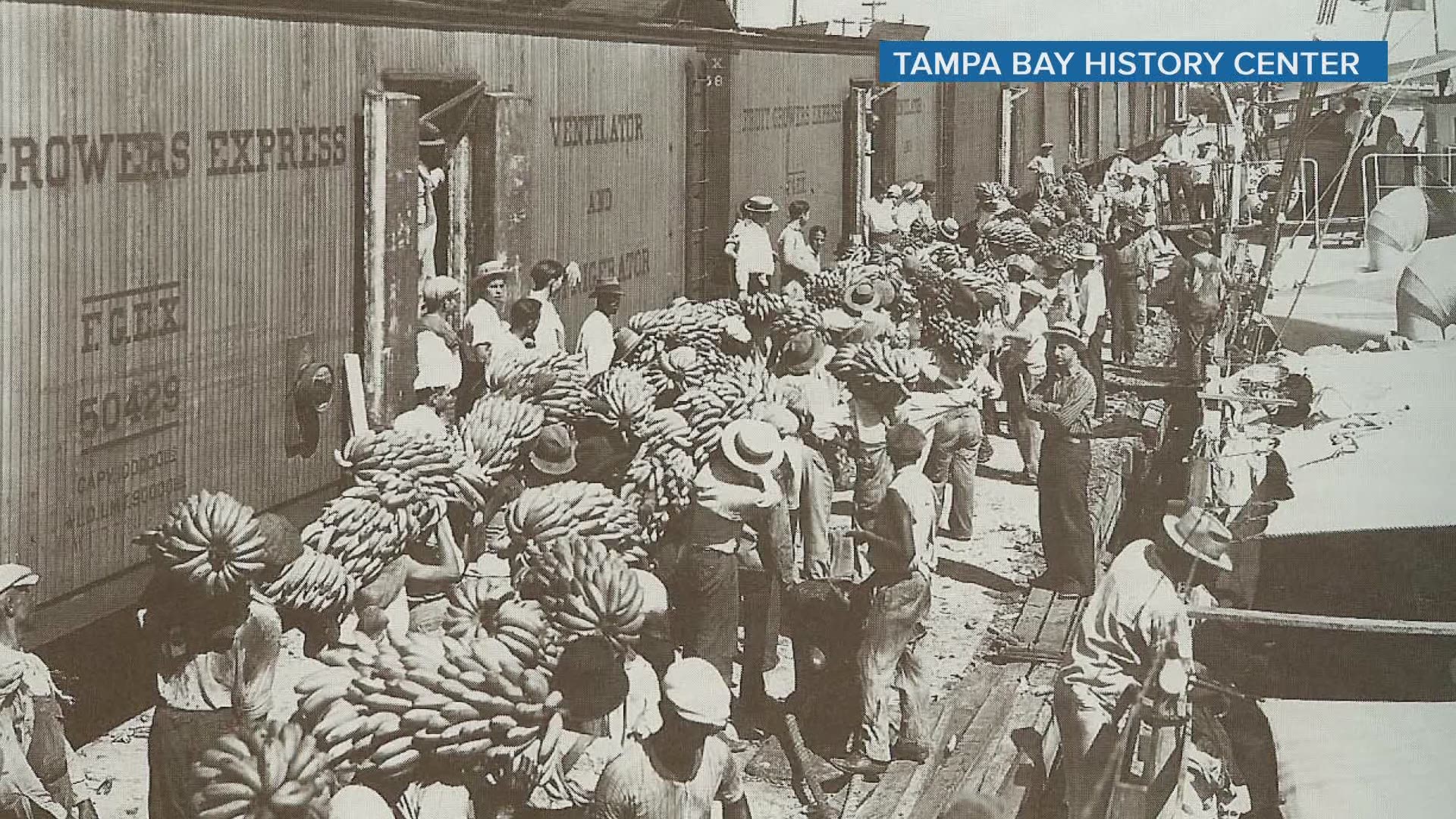TAMPA, Fla. — As Tampa grows with development and new neighborhoods, the legacy of lost neighborhoods from years’ past lives on.
"Learning about those neighborhoods help us learn about the past of our city,” said historian Rodney Kite-Powell. "The very existence of neighborhoods like Dobyville and the Scrub and Central Avenue go to that story of segregation, go to the story of separate accommodations based solely on race, and the need to have separate communities."
Dobyville was a primarily African American community that once sat where West Hyde Park is today.
"It's mostly gone now. Its heyday was probably the 1910s through the 1940s,” said Kite-Powell. "You had business owners and middle-class folks living there. You also had the working class living in that same neighborhood. A lot of them serving as employees of the white folks living in Hyde Park just to the south."
It was a segregated, but vibrant community, but by the 1970s, development destroyed Dobyville. It was squashed by the Crosstown Expressway.
"History is fleeting. What is here today will be gone tomorrow,” said Kite-Powell.
Further north was The Scrub, which Kite-Powell says was the largest African American neighborhood in the 1920s. It sat along Central Avenue near I-275 where the housing authority's Encore development sits today. It had a lot of culture, but was also considered a slum as it had some of the only housing available for some of the city's poorest black residents.
"Landlords didn't really seem to really care as much, and so having working bathroom facilities was a problem. There were still a lot of outhouses,” said Kite Powell.
Just down the street from the Scrub was the famed Central Avenue. It was the center of black life in Tampa, where businesses and entertainment venues made it a place that teemed with pride and culture.
"You had this real vibrant community. And again, it's one of those ironies of segregation where being forced to be relegated to a particular place actually fostered a sense of community more so than I think you see in some places today,” said Kite-Powell.
Yet once again comes the downside of development. By the 1960s, theconstruction of I-275 decimated the community that was already facing challenges.
"The destruction of Central Avenue was finished with the construction of the interstate, but really started with desegregation and the riot of 1967,” said Kite-Powell.
“You had a African American middle class that in the years right after desegregation, you saw a little bit of a dip in that because black business owners couldn't compete with white business, because while there was a level playing field for the shoppers, there still wasn't room for the owners of these businesses."
It’s a struggle we still see today, and as the city moves forward with a new phase of development, many fear the history of their neighborhoods slipping away. “It's kind of the classic, 'you're doomed to repeat your history if you don't learn it."
Emerald Morrow is a reporter with 10News WTSP. Like her on Facebook and follow her on Twitter. You can also email her at emorrow@wtsp.com.
What other people are reading right now:
►Make it easy to keep up-to-date with more stories like this. Download the 10News app now.
Have a news tip? Email desk@wtsp.com, or visit our Facebook page or Twitter feed.

